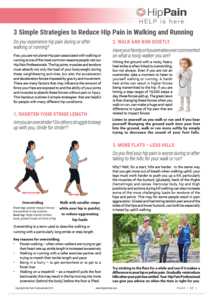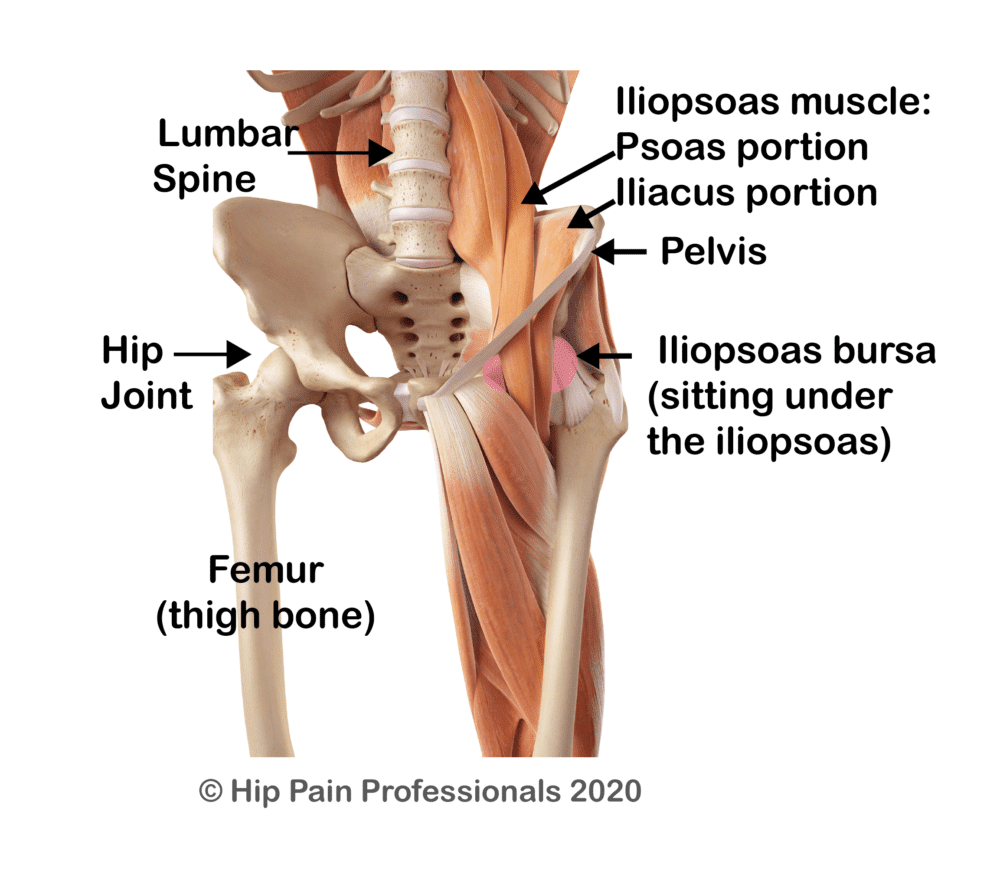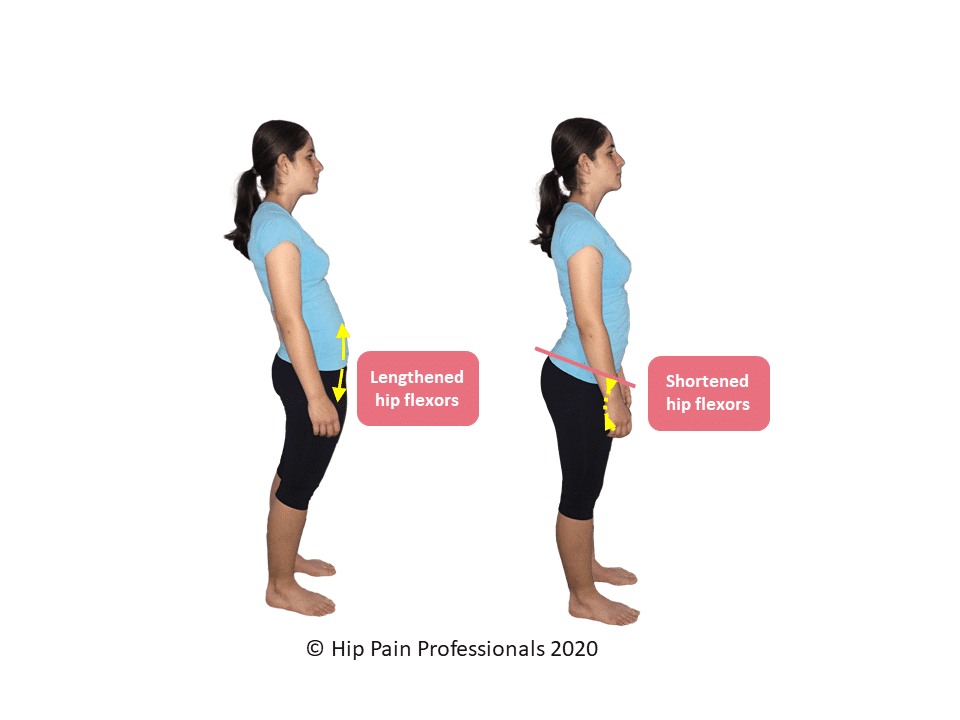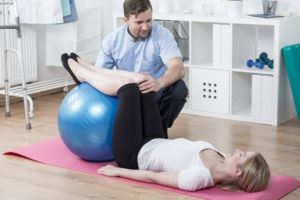Hip Flexor or Iliopsoas Related Groin Pain is pain related to the hip flexor muscles at the front of the hip, with the main hip flexor being the iliopsoas muscle. The iliopsoas muscle is made up of two parts – the psoas muscle that starts at the lower back (lumbar spine), and the iliacus that starts from the inside of the pelvis. These muscles run together through the pelvis, over the front of the pelvic rim and deep across the front of the hip. The 2 muscles merge together at the front of the hip (the iliopsoas), where they develop tendons that join into the top of the thigh (femur). Tendons are fibrous structures that attach muscles to bone. The iliopsoas is separated from the hip joint by a large bursa (iliopectineal or iliopsoas bursa). This bursa (soft pad) reduces friction and helps the tendons slide freely across the front of the hip.














